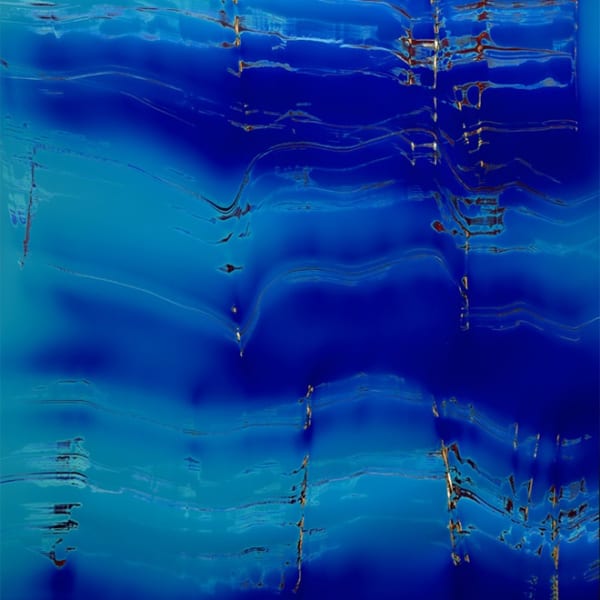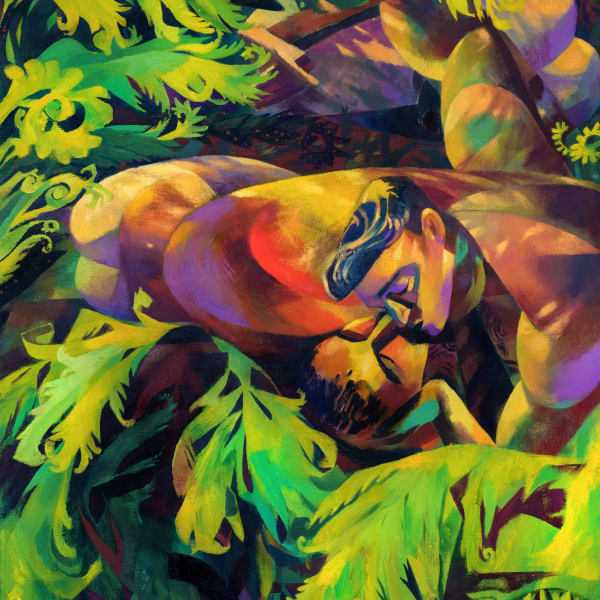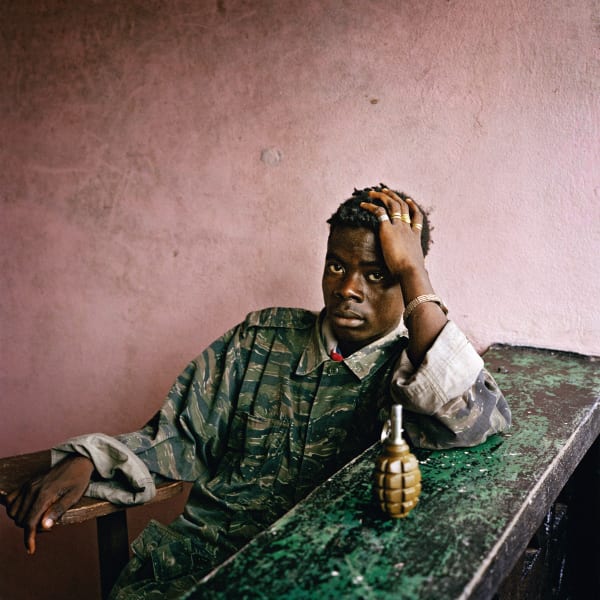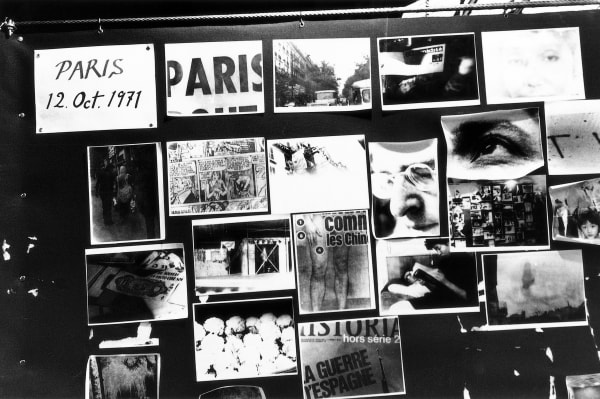-

Linus Borgo
-

Nathalie Boutté
-

Matthew Brandt
-

Markus Brunetti
-

John Chiara
-

Angela Dufresne
-

Samuel Fosso
-

David Goldes
-

Alexa Guariglia
-

Hassan Hajjaj
-

Orit Hofshi
-

Asif Hoque
-

Pieter Hugo
-

Jeremy Jaspers
-

Simen Johan
-

Sarah Anne Johnson
-

Pierre Knop
-

Myoung Ho Lee
-

Natia Lemay
-

Sze Tsung Nicolás Leong
-

Kathrin Linkersdorff
-

Phoebe Little
-

Loretta Lux
-

Chris McCaw
-

Anoushka Mirchandani
-

Alina Perez
-

Meghann Riepenhoff
-

Alison Rossiter
-

Ibrahim Said
-

Shikeith
-

Sanlé Sory
-

Ezra Stoller
-

Zoe Walsh
-

Cameron Welch
-
![Kohei Yoshiyuki - Untitled [Plate 50], 1979](data:image/gif;base64,R0lGODlhAQABAIAAAAAAAP///yH5BAEAAAAALAAAAAABAAEAAAIBRAA7)
Kohei Yoshiyuki
Projects


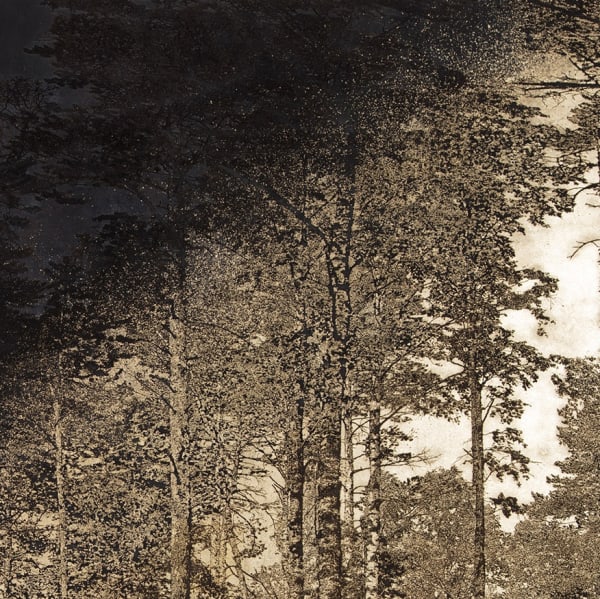

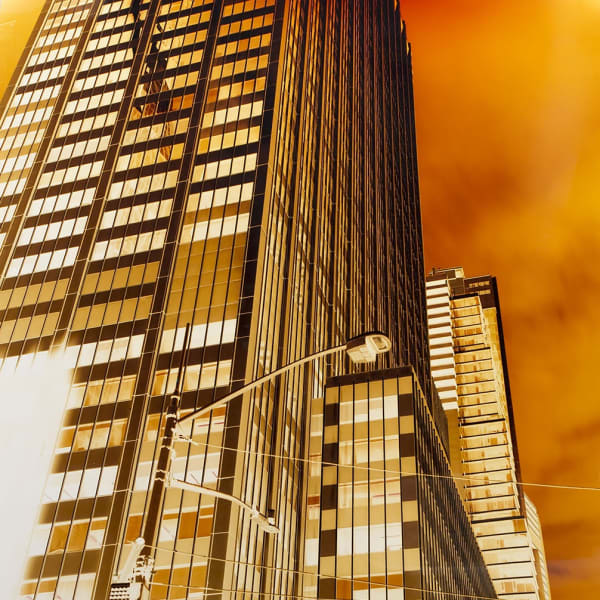










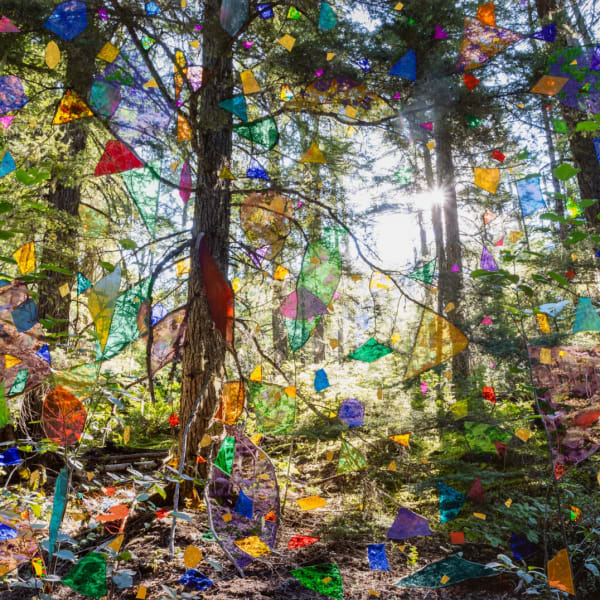


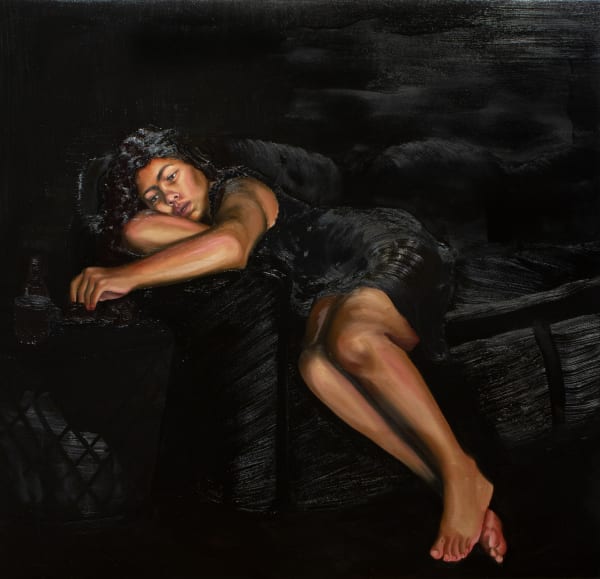




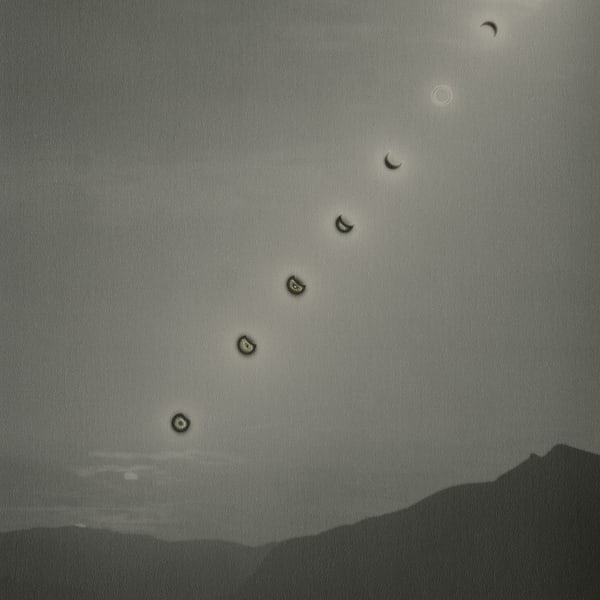










![Kohei Yoshiyuki - Untitled [Plate 50], 1979](https://artlogic-res.cloudinary.com/w_600,c_limit,f_auto,fl_lossy,q_auto/ws-artlogicwebsite0091/usr/images/artists/artwork_image_for_artists_page/items/70/7077e6c2a8ca44568b637f1077db71b9/10_untitled-1973-copy.jpg)
